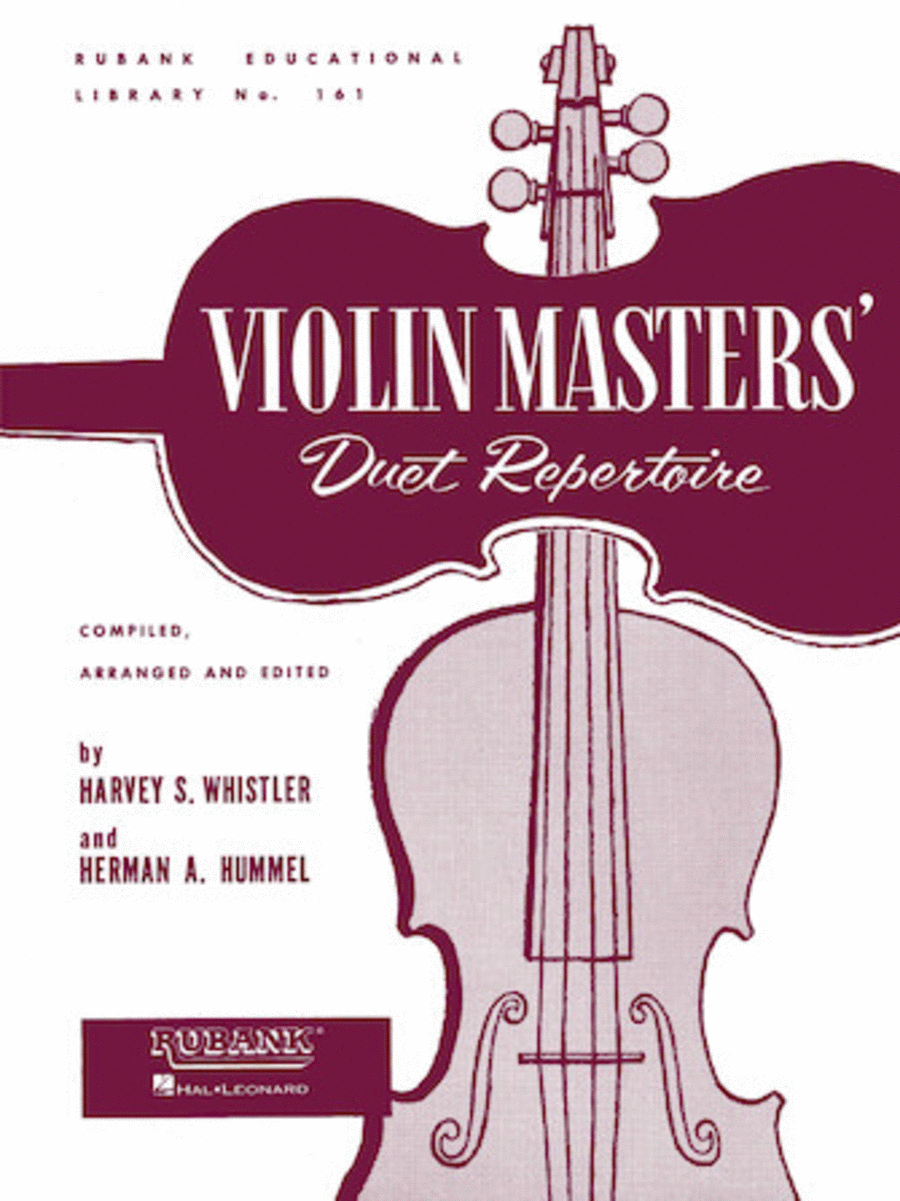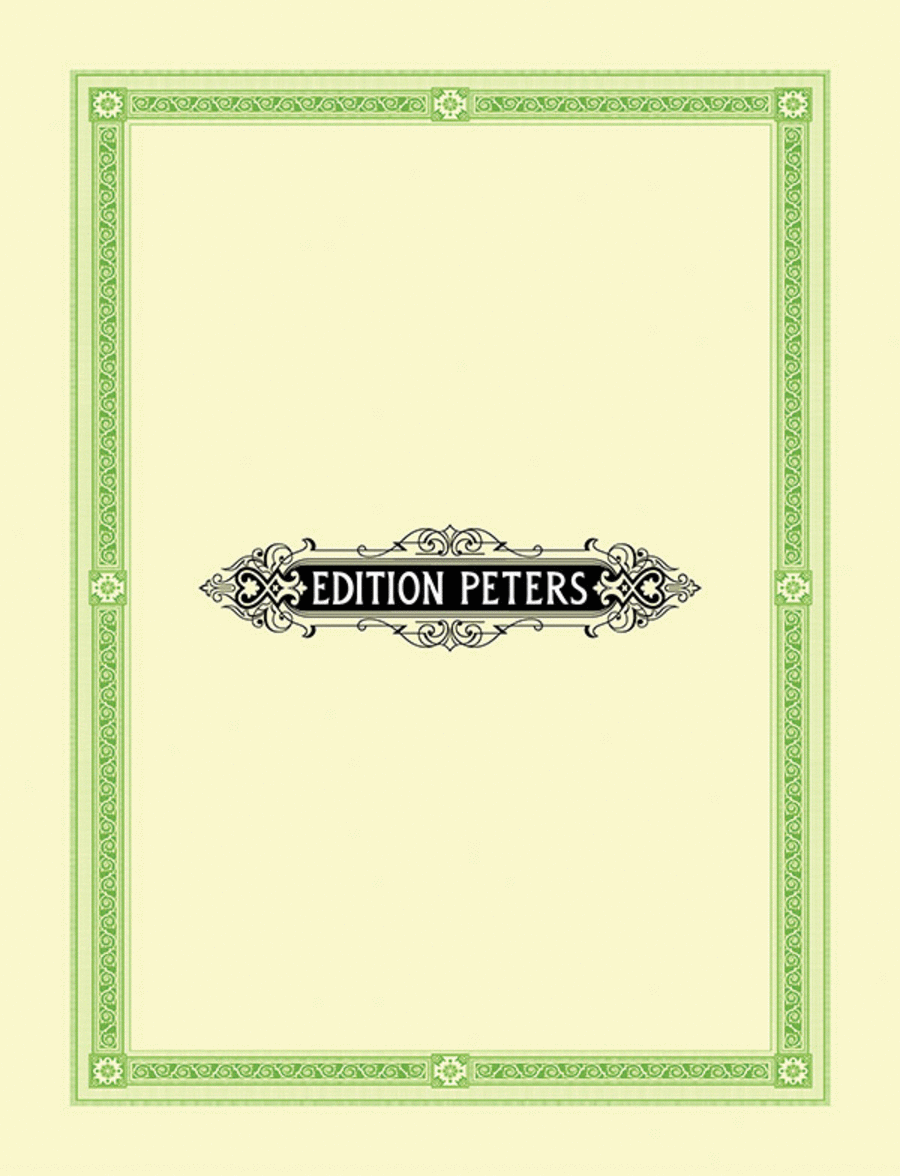As organist at Weimar, Johann Sebastian Bach was
charged with providing a harmonic underpinning for the
singing of Lutheran chorale tunes chosen for each day.
Bach wrote out many of these harmonizations, in part as
instruction for younger composers (they are still used
for this purpose). A derivation of this practice,
Bach's conception of the organ chorale, as manifested
in the chorale preludes, dates from 1713 -1714, about
the time he became familiar with Vivaldi's
concertos.
Bach's Or...(+)
As organist at Weimar, Johann Sebastian Bach was
charged with providing a harmonic underpinning for the
singing of Lutheran chorale tunes chosen for each day.
Bach wrote out many of these harmonizations, in part as
instruction for younger composers (they are still used
for this purpose). A derivation of this practice,
Bach's conception of the organ chorale, as manifested
in the chorale preludes, dates from 1713 -1714, about
the time he became familiar with Vivaldi's
concertos.
Bach's Orgelbüchlein (Little Organ Book) contains
chorale preludes for the church year written during the
composer's service at Weimar (1708 - 1717). In about
1713, Bach began assembling the Orgel-Büchlein, and
his earliest entries seem to be Her Christ, der ein'ge
Gottes-Sohn, BWV 601, In dulci jubilo, BWV 608, Christ
ist erstanden, BWV 627, and Heut' triumphieret Gottes
Sohn, BWV 630. These were very original compositions,
highly expressive miniatures based on a chorale melody,
supported with refined counterpoint, and featuring
highly condensed motivic writing.
Bach's Orgelbüchlein was essentially complete by 1716.
Only the fragment O Traurigkeit and the chorale
prelude, Helft mir Gottes Güte preisen, BWV 613, were
added later. "Complete" is used with some reservation
here, because Bach originally projected 164 pieces but
completed fewer than 50. In Bach's manuscript, pages
with finished pieces alternate with blank ones intended
for other chorale preludes. The later pieces differ
from Bach's earlier chorale elaborations, in that they
contain only one statement of the melody and are
intended to demonstrate how to accompany a chorale with
contrapuntally proper figurations that support the
meaning of the text.
In the early 1740s Bach assembled a number of chorale
preludes, possibly with the intention of publishing
them as a set. These Achtzehn Choräle (Eighteen
Chorales) BWV 651 - 668 were almost certainly written
before 1723 and revised later. The Fantasia super Komm,
heiliger Geist, BWV 651 is an especially impressive,
extended elaboration of the chorale melody, which is in
the pedal. The tune is treated in a less ornate fashion
in the next prelude of the set (BWV 652). The highly
convoluted Von Gott will ich nicht lassen, BWV 658 also
contains the chorale melody in the pedal.
The six Schübler chorales (BWV 645 - 650) are derived
from Bach's cantatas and contain one of his most
popular chorale preludes, on the melody Wachet auf,
ruft uns die Stimme, BWV 645.
The third part of Bach's Clavier-Übung, published in
Leipzig in 1739, contains 21 chorale preludes (not all
appear in every publication), many of which are for
manuals only. Nine of these are meant for use during
the Mass, while the others are for the catechism. Among
the most impressive is Kyrie, Gott heiliger Geist, BWV
671, which is in five voices with the chorale melody in
the pedal. More complex is the first of two preludes on
Aus tiefer Not schrei ich zu dir, BWV 686, which is in
six parts, including two pedal parts.
Bach often made numerous versions of organ works based
on the same chorale theme. This chorale prelude, "Herr
Jesu Christ, dich zu uns wend" (Lord Jesus Christ, look
upon us), exists in at least eight different
renditions, a ninth, BWV Anh. 56, being of doubtful
origin. Among the more popular versions are the BWV
709, 655, 632 (which serves as the first work in the
Glaubenslieder section of the masterful Das
Orgelbüchlein), and this one, BWV 726. Most of these
versions are short, lasting about one-and-a-half to
three minutes, and this one is no exception, but it is
quite effective in its brevity and must rank with the
best renditions. Bach gives the chorale theme a
generally grandiose treatment in this prelude, one that
is quite appropriate to the spirit of the text. Yet he
also infuses the music with color, alternating brief
fast sections of digital passagework with majestic
statements of the melody. In the end, the juxtaposing
of these seemingly opposing expressive approaches and
Bach's subtle contrapuntal writing yield a convincing
whole that Baroque and organ-music fanciers will find
quite attractive.
Source: Allmusic
(http://www.allmusic.com/composition/herr-jesu-christ-d
ich-zu-uns-wend-iii-chorale-prelude-for-organ-bwv-726-b
c-k130-mc0002407379).
Although originally written for Pipe Organ, I created
this Interpretation of the Chorale Prelude (BWV 726)
"Herr Jesu Christ, dich zu uns wend" (Lord Jesus
Christ, look upon us) for String Quartet (2 Violins,
Viola & Cello).












